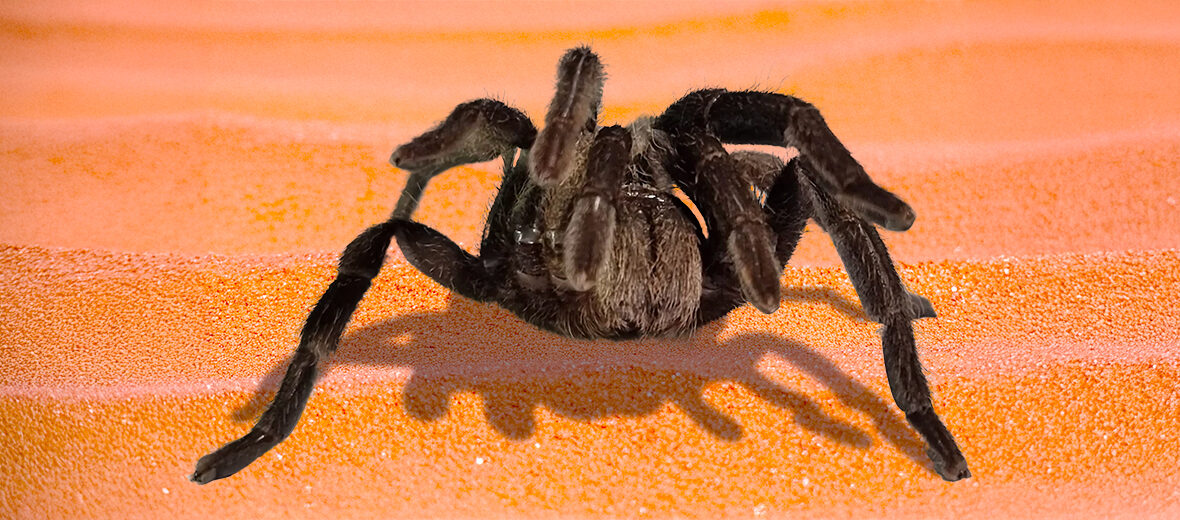
The Queensland whistling tarantula, aka barking spider or bird-eating tarantula (which is a misnomer), hails from the east coast of Queensland, Australia. These tarantulas face the threats of habitat loss and destruction at the hands of residential and commercial developments, as well as over-collection for the illegal pet trade industry. The IUCN lists these arachnids as Vulnerable. Their population trend is also listed as decreasing.
First the Stats…
Scientific name: Selenocosmia crassipes
Weight: Up to 1+ ounce
Length: Up to 3.5 inches, plus up to a, 8.7 inch legspan
Lifespan: Up to 30 years
Now on to the Facts!
1.) Also called the eastern tarantula or hissing spider, the species name crassipes is Latin and translates to “fat leg” referring to the relatively fat front legs.
2.) These are the largest known Australian tarantulas.
3.) A bite from a whistling tarantula, while not fatal to a human, can cause up to 6 hours of vomiting! The venom can also be fatal to a dog or cat within just 30 minutes.
4.) Another effect of a bite is severe swelling at the bite site and surrounding areas. For instance a bite to the finger can cause swelling not only to the finger, but hand and lower arm.
5.) These tarantulas are nocturnal (active at night).
But wait, there’s more on the Queensland whistling tarantula!
6.) They are terrestrial (spend their life on the ground) and mostly fossorial (spend most of their time in their burrow).
7.) Insects, other spiders, geckos, skinks, and frogs are all on the menu.
Did you know…?
They get their name from their ability to produce a hissing noise when threatened, a trait they share with other Australian theraphosids (mygalomorph spiders, aka tarantulas).
8.) These tarantulas were first described by Ludwig Koch in 1874.
9.) Burrows can be quite large, measuring up to 6.6 feet and lined with silk.
10.) Females lay upwards of 50 eggs each season that hatch in up to 9 weeks.
Now a Short Queensland Whistling Tarantula Video!
This video talks about tarantulas in general.
Be sure to share & comment below! Also, check out the Critter Science YouTube channel. Videos added regularly!

Want to suggest a critter for me to write about? Let me know here.
Some source material acquired from: Wikipedia & IUCN



